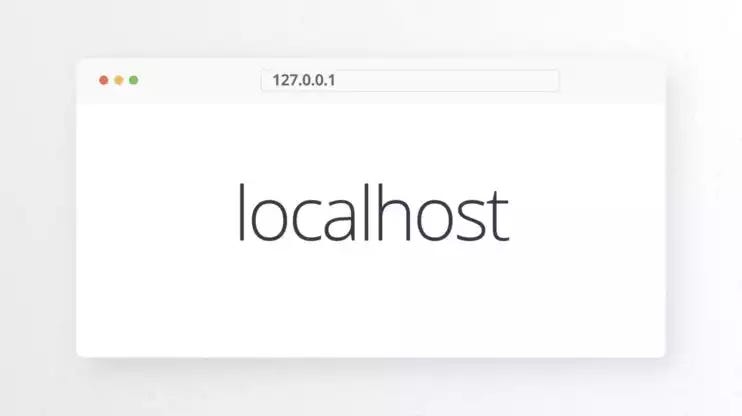
localhost
TL;DR: This article explains the difference between “localhost” and “127.0.0.1” and their significance in networking. “localhost” is a domain name for accessing local network services, while “127.0.0.1” and “::1” are loopback IP addresses for IPv4 and IPv6, respectively, used for device communication. The transition to IPv6, offering a larger address space, is crucial for modern networking. This understanding is key for developers and network professionals working in local and private networks.
Local networking and development environments often hinge on two pivotal concepts: “localhost” and “127.0.0.1”. Despite their frequent use, the nuanced differences between them are not always clear to users. This article aims to shed light on these fundamental elements, providing clarity and enhancing understanding for developers and network enthusiasts alike.
Localhost: A Friendly Name for Your Local Machine
At its core, “localhost” serves as a domain name, offering a user-friendly alias for the IP address of your local computer. It’s a standardized nod to the “local” nature of the access it provides, ensuring that developers can work on network applications without affecting external environments. This term allows for an intuitive reference point, simplifying access to a machine’s network services for development and testing purposes.
127.0.0.1: The Loopback Address Defined
On the other hand, “127.0.0.1” represents an IP address, specifically designated for loopback communication within a local machine. It’s part of a broader range reserved exclusively for loopback and internal testing functions. This address facilitates the testing and development of software by directing network traffic back to the local machine, ensuring that applications can be run and tested independently of external network interfaces.
How Domain Names Resolve to IP Addresses
Understanding how “localhost” translates to “127.0.0.1” involves a peek into the domain name system (DNS) resolution process. Normally, accessing a website by its domain name requires a query to DNS to find the corresponding IP address. However, “localhost” is an exception; its resolution to “127.0.0.1” or “::1” (for IPv6) bypasses the usual DNS lookup process. This translation is hardcoded into the system’s hosts file, eliminating the need for external resolution and ensuring seamless access to the local machine’s network services.
Localhost vs. 127.0.0.1: Practical Implications and Use Cases
While both “localhost” and “127.0.0.1” aim to facilitate local development and testing, their slight distinction lies in their handling and interpretation by the operating system and network software. “localhost” can resolve to either an IPv4 or IPv6 address, offering flexibility with the potential for nuanced behavior in different environments. “127.0.0.1”, being explicitly an IPv4 address, offers predictability and straightforwardness in its role as a loopback address.
The Significance of Ports in Local Development
The concept of network ports further complicates the interaction between software and network protocols. Ports serve as endpoints for communication, allowing multiple network applications to coexist on a single device. Understanding the default ports (80 for HTTP and 443 for HTTPS) and the need for explicit port specification in certain scenarios is crucial for efficient local development practices.
Beyond Local: Private IP Addresses and the World of Networking
The discussion of local addresses leads naturally into the broader topic of private IP addresses, such as those in the “192.168.x.x” range. These addresses facilitate communication within local area networks (LANs), allowing devices to interact seamlessly in a contained environment. The allocation of these addresses adheres to established standards, ensuring that local networks operate efficiently without external interference.
The Future: IPv6 and Expanding Address Spaces
As the digital world continues to evolve, the transition from IPv4 to IPv6 addresses becomes increasingly relevant. The expansive address space offered by IPv6 addresses the limitations of IPv4, promising a future where every device can have a unique address. This evolution underscores the ongoing development of network technologies and the importance of adapting to these changes.
Conclusion
The distinctions between “localhost” and “127.0.0.1” highlight the intricacies of network communication and development environments. By understanding these concepts and their practical applications, developers and network professionals can optimize their workflows and contribute to the robustness of digital infrastructure. As technology progresses, the principles of local networking remain fundamental, guiding the development of innovative solutions in an interconnected world.
Exploring Localhost and 127.0.0.1: What is the difference? was originally published in devgorilla on Medium, where people are continuing the conversation by highlighting and responding to this story.